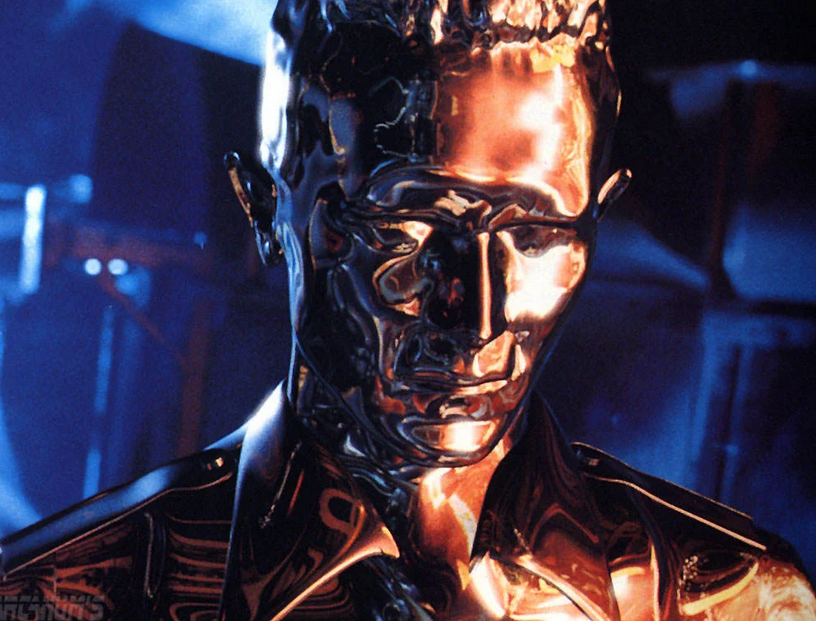In a not-so-distant future reminiscent of sci-fi movies, where the iconic Liquid Metal villain from Terminator 2 once captivated our imaginations, real-life scientists are making groundbreaking strides in the realm of artificial intelligence and robotics. And now, in a truly astonishing turn of events, they have observed something that has never been witnessed before – metal healing itself.
Drawing inspiration from the mesmerizing fictional character, a team of brilliant minds from Sandia National Laboratories and Texas A&M University embarked on a mission to test the resilience of metal. Armed with a specialized transmission electron microscope technique, they subjected a slender, 40-nanometer-thick piece of platinum, suspended in a vacuum, to a relentless cycle of stress. The metal’s ends were pulled an incredible 200 times per second, leading to the emergence of tiny cracks known as “fatigue damage” – the very nemesis of structural integrity.
But what happened next left the scientific community in awe. After nearly 40 minutes of keen observation, they bore witness to a phenomenon that could change the course of engineering forever. The cracks in the platinum, which were threatening its integrity, began to magically mend themselves, fusing back together before branching out in a new direction – just like the legendary Liquid Metal villain of cinematic fame.
?Indestructible Terminator-style killer robots are moving one step closer to reality as scientists have made a groundbreaking discovery in self-healing metal. A cracked piece of metal healed itself in an experiment that stunned researchers. The implications are profound as th pic.twitter.com/NioS82lJMW
— Top News (@topnewsen401) July 21, 2023
The implications of this discovery are truly breathtaking. Imagine a world where materials can autonomously repair themselves, just like living organisms. The possibilities are endless. From aerospace engineering to the construction of megastructures, the ability to self-heal could spawn a new era of innovation and resilience.
However, it’s important to temper our excitement with the understanding that this technology is still in its infancy. There’s much to learn and explore before we can fully harness the potential of self-healing materials in practical applications.
As researchers delve deeper into the mechanisms that govern this astonishing behavior, the parallels to the Liquid Metal villain from Terminator 2 become even more intriguing. While we may not have reached the point of shape-shifting terminators yet, the prospect of materials that can mend themselves brings us a step closer to the fantastic and futuristic world portrayed in science fiction.
In conclusion, the recent discovery of metal self-healing is nothing short of extraordinary. Inspired by the Liquid Metal villain of Terminator 2 fame, scientists have uncovered a new frontier in engineering. The ability of materials to heal themselves at a microscopic level could herald a future where structures are stronger, more durable, and capable of bouncing back from adversity – just like the mesmerizing villain that once graced the silver screen.

